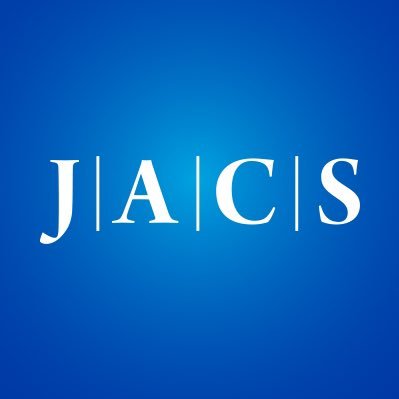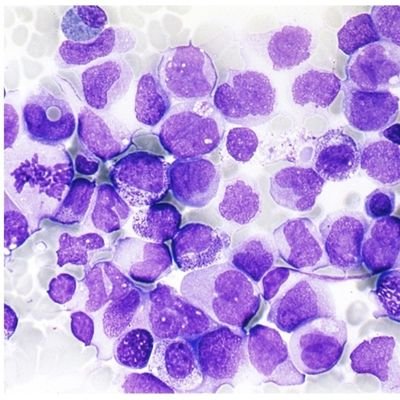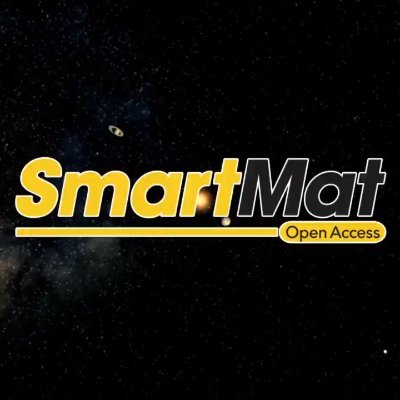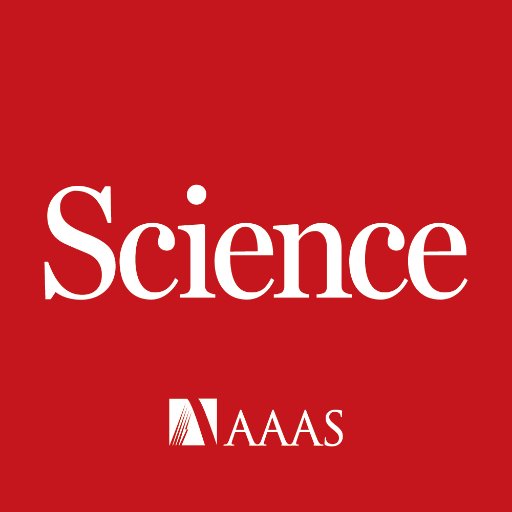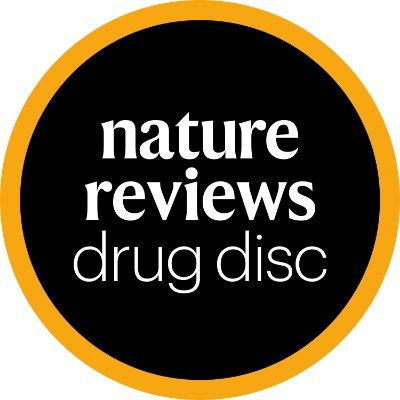
Anthony Rullo: chemically modulating proximity
@LabRullo
Followers
935
Following
5K
Media
47
Statuses
3K
Covalent and multivalent - proximity inducing strategies for basic and translational chemical biology
Joined June 2019
Chemoselective Tagging of Protein Methacrylation | Journal of the American Chemical Society
pubs.acs.org
Protein lysine methacrylation (Kmea) is a recently identified post-translational modification whose biofunction remains poorly understood. Until now, there has been no chemical labeling method for...
0
5
56
Imine-linked covalent organic frameworks: Recent advances in design, synthesis, and application @COF_papers @MOF_papers @Molecular_Cages @POC_Papers
https://t.co/9S6208sJw9…
Imine-linked covalent organic frameworks: Recent advances in design, synthesis, and application @COF_papers @MOF_papers @Molecular_Cages @POC_Papers
https://t.co/VICqZa5FR0
0
6
15
Excited to share our review on Induced Proximity-based therapeutic modalities now out in Nature Reviews Drug Discovery!
nature.com
Nature Reviews Drug Discovery - Induced proximity modalities encompass monovalent and bifunctional agents, such as molecular glues and proteolysis-targeting chimeras, that induce an interaction...
5
36
165
🎉 New paper in Drug Discovery Today in collaboration with the Tuveson lab. “Clickable Covalent Metabolite Mimetics (CoMMs)” – nature-inspired scaffolds. Big congrats Elliot, Dharmendra, Shoujun & Adam! 🔗 https://t.co/yr5MQ4N4vh
#DrugDiscovery #CovalentDrugs #ClickChemistry
lnkd.in
This link will take you to a page that’s not on LinkedIn
0
1
6
Great chemical review on induced proximity in the context of cellular immunotherapy https://t.co/aaVb51uGNp
0
0
4
Specific binders to peptide–MHC class II are rapidly generated without laborious screening https://t.co/V7N6AGYPtV
https://t.co/UwDJy4S8Sh
nature.com
Nature Biotechnology - Specific binders to peptide–MHC class II are rapidly generated without laborious screening.
1
44
198
With gratitude to reviewers, we are thrilled to report on a new type of hybrid drug: Baited SELEX: Drug-Directed Selection of Aptamers to PSMA for In Vivo Targeting of Prostate Cancer in Mice https://t.co/LusaluC1ND
@PCR_news @BeatPCa @prostatecanada @PCFNews @AptamerSociety
pubs.acs.org
We report a selection strategy for linking a drug-pharmacophore to a degenerate DNA library for use in cell- and whole-animal systematic evolution of ligands by exponential enrichment (SELEX) to...
1
2
6
Development of Dual-Receptor Lysosome-Targeting Chimeras for Protein Degradation | Journal of the American Chemical Society
pubs.acs.org
A growing array of lysosome-targeting chimeras (LYTACs) have recently emerged as therapeutic candidates to treat malignancies and other diseases via targeted protein degradation. We established a...
0
2
14
"We used a very low dose, almost 100 times lower compared to the traditional small-molecule drug, and the ABC still can achieve much better efficacy compared to the small-molecule drug given on its own," says @chemistrymit postdoc Bin Liu
news.mit.edu
Using nanoparticles shaped like bottlebrushes, MIT chemists can deliver a large range of chemotherapy drugs directly to tumor cells, which could reduce the side effects of treatment.
0
4
5
A new generation of radiotherapies promises a more targeted attack on cancer. Learn more: https://t.co/chj1i58jEe
@NewsfromScience
11
147
602
How to make immune cells “invisible” to facilitate allogeneic cell therapies? MIT and Harvard Build “Invisible” Immune Cells That Obliterate Cancer
scitechdaily.com
MIT and Harvard scientists have created engineered CAR-NK cells that can hide from the immune system and more effectively destroy cancer. The cells are designed to suppress immune-rejection signals...
1
4
24
Happy to share my lab’s work out today in @Cancer_Cell demonstrating that multiple myeloma relapses after CAR T therapy frequently express low BCMA levels. We develop novel SEMA4A-directed CAR T cells eradicating MM, especially under BCMA low conditions. https://t.co/cgGMkh7GIy
15
13
73
Controlling the 3D structure of #glycans allows increased binding to proteins- not just a curiosity but a powerful concept to develop better #vaccines
Stapling of β-Glucans Increases Antibody Binding | Journal of the American Chemical Society @peterseeberger @MpiciPotsdam @FU_Berlin
0
2
17
Today's Nobel Prize for Physiology or Medicine relates to research on regulatory T cells https://t.co/rUp92Opbx3 For readers interested in harnessing the biology of regulatory T cells to treat disease, here's a comprehensive review https://t.co/4CVfcN5Y2r
https://t.co/z83V1d8cOQ
14
533
2K
Immunology takes center stage again at the #NobelPrize! Congratulations to Mary Brunkow, Fred Ramsdell & Shimon Sakaguchi for uncovering how regulatory T cells maintain immune tolerance—a discovery that transformed our understanding of autoimmunity and cancer immunotherapy
5
65
549
Frustration in the protein-protein interface plays a central role in the cooperativity of PROTAC ternary complexes
nature.com
Nature Communications - PROTACs induce degradation by bridging a target protein and E3 ubiquitin ligase. Here, authors show that protein interface frustration correlates with cooperativity,...
0
4
21
The fusion of intrinsically disordered regions to CARs enhances CAR-T signaling by inducing CAR condensation and enhances CAR sensitivity to low-antigen-expressing cancer cells https://t.co/9kvMmpxfNA
0
2
15
